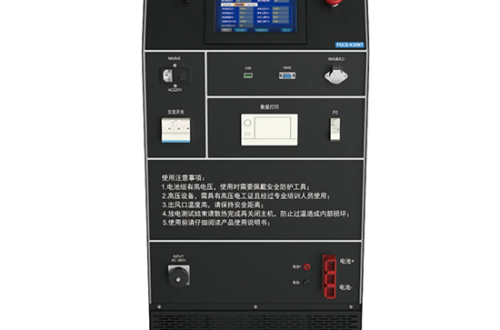Particle Counter: A Comprehensive Guide to Understanding and Utilizing Particle Counting Technology

# Particle Counter: A Comprehensive Guide to Understanding and Utilizing Particle Counting Technology
## Introduction to Particle Counters
Particle counters are essential tools in various industries, from pharmaceuticals to cleanroom environments. These devices measure and count the number of particles in a given volume of air or liquid, providing critical data for quality control and process optimization.
## How Particle Counters Work
Particle counters operate on the principle of light scattering or light blocking. When a particle passes through a laser beam, it scatters light, which is detected by a sensor. The intensity of the scattered light is proportional to the size of the particle, allowing the counter to categorize particles by size.
### Types of Particle Counters
There are several types of particle counters, each suited to specific applications:
– **Portable Particle Counters**: Ideal for on-the-go measurements and spot checks.
– **Handheld Particle Counters**: Compact and easy to use for quick assessments.
– **Remote Particle Counters**: Designed for continuous monitoring in hard-to-reach areas.
– **Liquid Particle Counters**: Specifically used for analyzing particles in liquids.
## Applications of Particle Counters
Particle counters are used in a wide range of applications, including:
– **Pharmaceuticals**: Ensuring the cleanliness of production environments.
– **Semiconductor Manufacturing**: Monitoring cleanroom conditions to prevent contamination.
– **HVAC Systems**: Assessing air quality in buildings.
– **Environmental Monitoring**: Measuring air pollution levels.
## Choosing the Right Particle Counter
Selecting the appropriate particle counter depends on several factors:
– **Particle Size Range**: Ensure the counter can detect the size range relevant to your application.
– **Sampling Volume**: Consider the volume of air or liquid you need to sample.
– **Accuracy and Precision**: High accuracy and precision are crucial for reliable data.
– **Ease of Use**: User-friendly interfaces and software can simplify operation and data analysis.
## Maintenance and Calibration
Regular maintenance and calibration are essential to ensure the accuracy and longevity of particle counters. This includes:
– **Cleaning**: Regularly clean the sensor and sampling chamber to prevent contamination.
– **Calibration**: Periodically calibrate the device using certified standards.
– **Software Updates**: Keep the device’s software up to date to benefit from the latest features and improvements.
## Conclusion
Particle counters are indispensable tools for maintaining high standards of cleanliness and quality in various industries. By understanding how they work, their applications, and how to choose and maintain them, you can effectively utilize particle counting technology to meet your specific needs.
Whether you’re in pharmaceuticals, manufacturing, or environmental monitoring, investing in a reliable particle counter can significantly enhance your operational efficiency and product quality.
Keyword: particle counter


